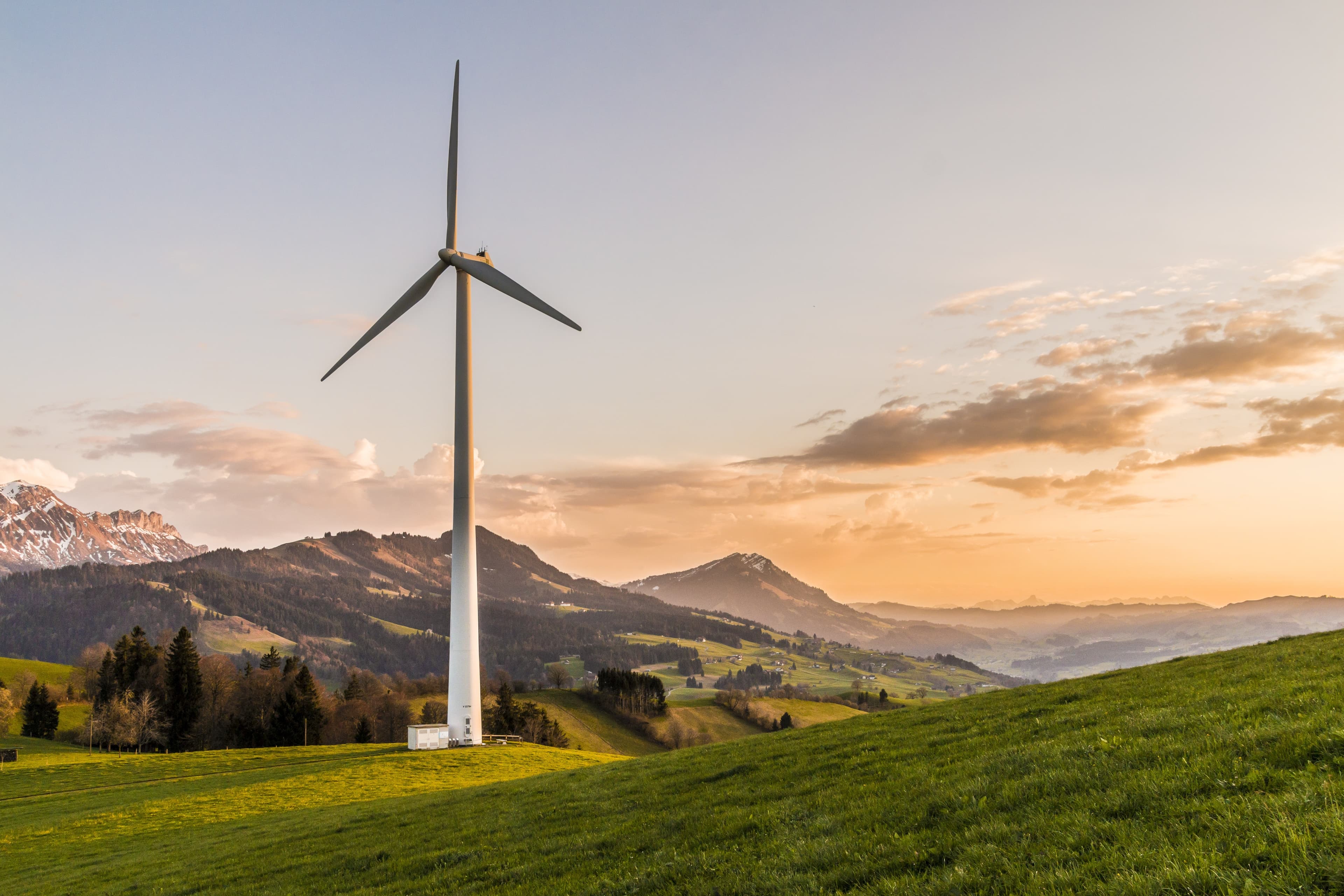The convergence of technology and renewable energy has established a symbiotic relationship that is radically transforming how we perceive and interact with energy sources. The technological leap is not just iterative; it is revolutionary, driving the renewable energy sector to new heights. This article aims to provide an in-depth overview of these innovations, focusing on artificial intelligence, advanced solar cell technologies, wind energy optimization, and energy storage solutions.
Table of Contents
- Artificial Intelligence in Energy Management
- Advancements in Solar Cell Technology
- Wind Energy Optimization Techniques
- Innovations in Energy Storage
- Conclusion
Artificial Intelligence in Energy Management
Machine Learning Algorithms for Grid Management
AI-based algorithms, particularly machine learning models, are increasingly being implemented in energy grid management. For example, DeepMind, a subsidiary of Alphabet Inc., partnered with the UK's National Grid to predict energy consumption patterns. The system utilizes reinforcement learning algorithms to analyze historical energy usage data, meteorological forecasts, and other variables to make real-time adjustments to energy distribution, thereby optimizing efficiency and reducing energy wastage.
Predictive Maintenance
Predictive maintenance is another area where AI is making a significant impact. Utilizing sensor data and machine learning algorithms, systems can now predict when turbines or solar panels are likely to fail. This helps in conducting preventive maintenance, increasing the lifespan of these expensive assets, and minimizing downtime.
Advancements in Solar Cell Technology
Perovskite Solar Cells
The invention of perovskite solar cells has brought a seismic shift in solar technology. With an efficiency that can rival silicon-based cells but at a fraction of the cost, perovskite cells could redefine solar energy economics. Laboratories across the world have already demonstrated efficiencies exceeding 25% with perovskite cells, closing the gap with traditional silicon solar cells, which have an efficiency range of 17-20%.
Quantum Dots
Quantum dots, semiconductor nanocrystals, are being utilized to enhance the efficiency of photovoltaic cells. These dots can be engineered to absorb specific wavelengths of light, making them highly versatile for different environmental conditions.
Wind Energy Optimization Techniques
Lidar-Assisted Wind Turbine Control
Lidar (Light Detection and Ranging) technology is being used to map wind patterns and inform wind turbine adjustments in real-time. This results in a 10-20% increase in energy capture, making wind energy even more competitive with fossil fuel alternatives.
Wake Steering
Wake steering is another exciting innovation. By adjusting the angle of individual turbines, energy companies can reduce the wake effect, where upstream turbines diminish the performance of downstream ones. This increases overall efficiency by up to 5%.
Innovations in Energy Storage
Solid-State Batteries
Unlike conventional liquid electrolyte batteries, solid-state batteries employ a solid electrolyte, enhancing energy density and safety. These features make them ideal for large-scale renewable energy storage applications.
Flow Batteries
Flow batteries offer another promising avenue for energy storage. Unlike traditional batteries, they store energy in liquid electrolyte solutions, allowing for greater scalability and quicker charging times.
Conclusion
The intersection of technology and renewable energy is creating a cornucopia of opportunities for a sustainable future. Artificial intelligence, advancements in solar cell technology, and innovations in wind energy and storage solutions are leading this transformation. As these technologies mature, we can anticipate a future where renewable energy isn't just a viable alternative to fossil fuels but becomes the de facto standard for sustainable energy production.
By harnessing these tech innovations, society is better poised to address climate change and foster a sustainable, energy-efficient world for generations to come.
